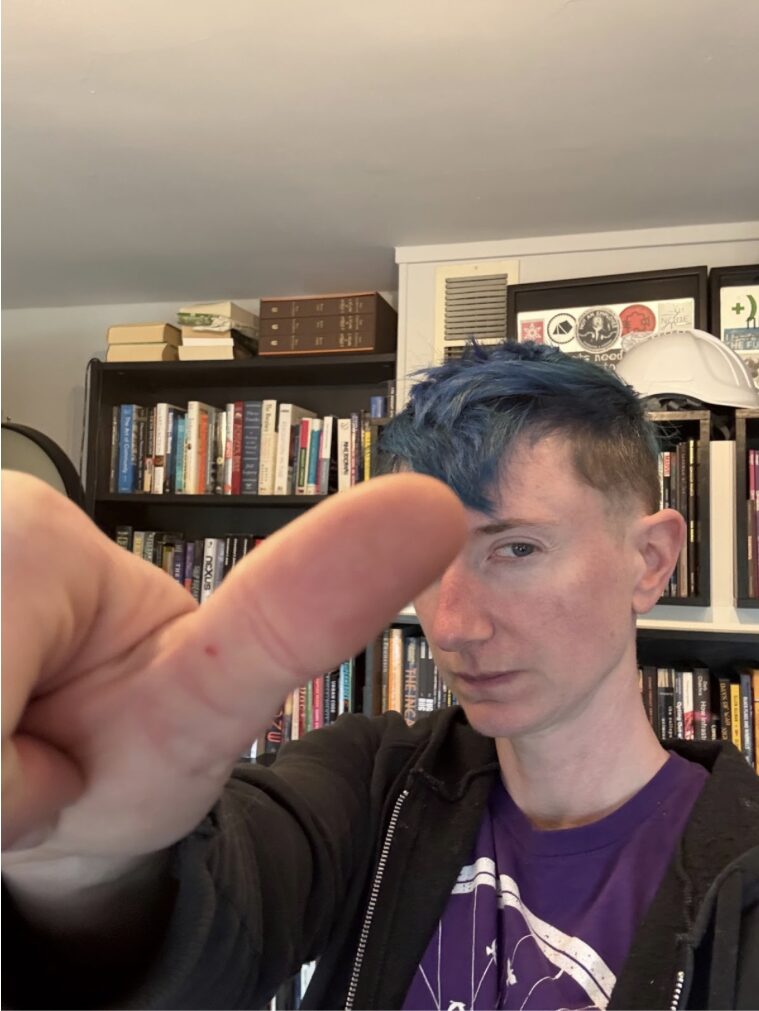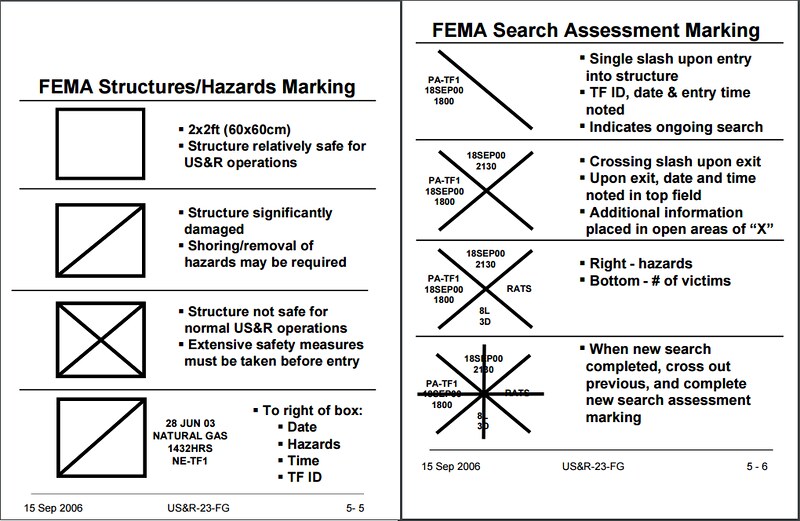Author: willowbl00
-
Willow looks at connections, systems, empowerment, and powerlessness and strives to both understand and improve whatever they find.
-
Self and Community Care in Crisis
We’ve all heard about self care at this point, and probably even have our own routines. However, when crisis strikes, it can be tempting to throw out your adaptive routines in favor of all the pressing work that surrounds you.
-
Flow of information
This is based on how Occupy Sandy worked, with nodes like kitchens or distribution (distro) centers, with nodes forming a network. You will have learned new tips and techniques in the meantime – trust your gut and what already works for your community. Structure Nodes included, but were not limited to: Skill share within a…
-
Community-led disaster response values
When disaster strikes, people want to help. However, when it comes to helping communities in crisis, something is not necessarily better than nothing. If responses to disaster are not grounded in accountable relationships with the communities experiencing crisis, such well-intentioned efforts tend to waste resources and can even deepen the trauma experienced by survivors.
-
Know your post-disaster rights
KNOW YOUR RIGHTS: from fema.gov, compiled by MADR
-
Spontaneous Unaffiliated Volunteers
Anytime there’s a crisis, there’s a flood of people showing up to help. They’re called “spontaneous unaffiliated volunteers” (SUVs) in crisis response circles, and they’re generally considered a chaos amplifier. They’re mostly seen as getting in the way, of being untrained and untasked, and often as not being willing to be trained or tasked. And…
-
Proximity to biohazards
The rule of thumb: for a biohazard site, hold your arm out and close one eye. If you can’t cover the whole area with your thumb, you are TOO CLOSE.
-
Paperwork to take
Credit: listed in all sorts of places, but short list taken from Here Comes the Apocalypse First order Second order
-
Understanding evacuation orders
A riff on this post from @emergencylegalresponders on Instagram You learn about each of these via radio, news, and emergency broadcast alerts. Voluntary evacuation This is a heads up that severe weather is headed your way and that you should get ready to evacuate. Pack a go back with your necessary paperwork and medication. You…
Other Contributors
Authors List
-
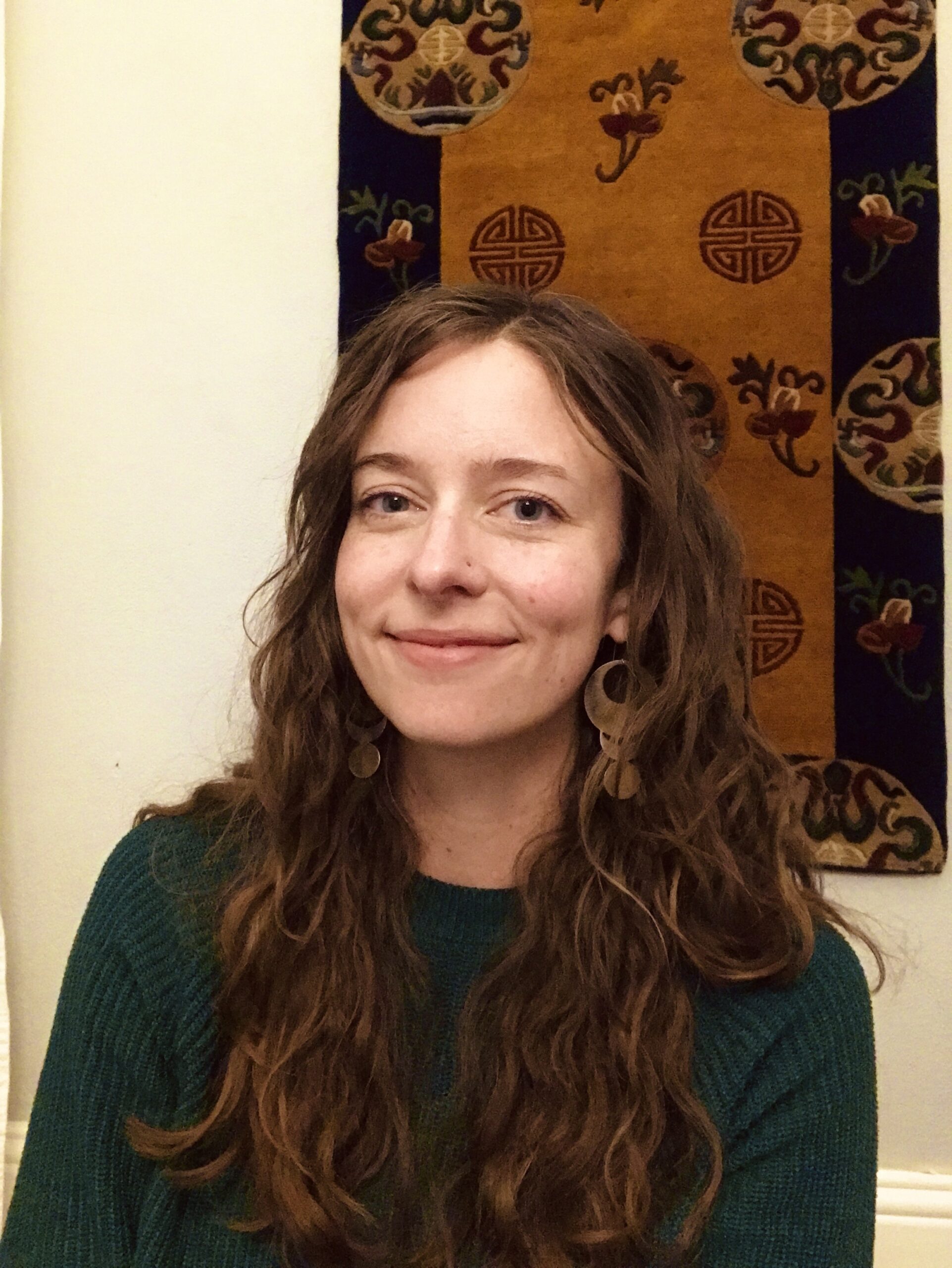
Kate has spent the last 16 years working across the US at the intersection of agriculture, technology, justice, and democratic workplace design. Bouncing between food production and technology, she has built a career out of working behind the scenes to tackle system-wide problems, especially the ones that involve spreadsheets or power tools.
-
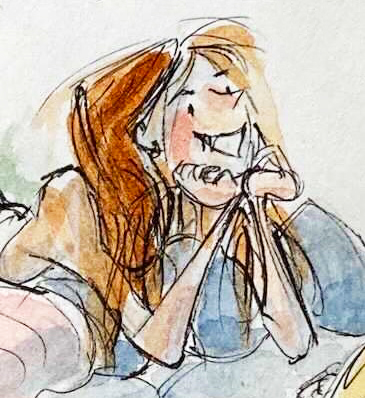
Kendra Allenby is a cartoonist for the New Yorker and other magazines, and teaches drawing and creative practice to adults. She often draws cartoons for the Red Cross and other humanitarian organizations where she uses humor to make difficult topics approachable. If she’s not drawing, she’s probably outside.
-
Willow looks at connections, systems, empowerment, and powerlessness and strives to both understand and improve whatever they find.
-
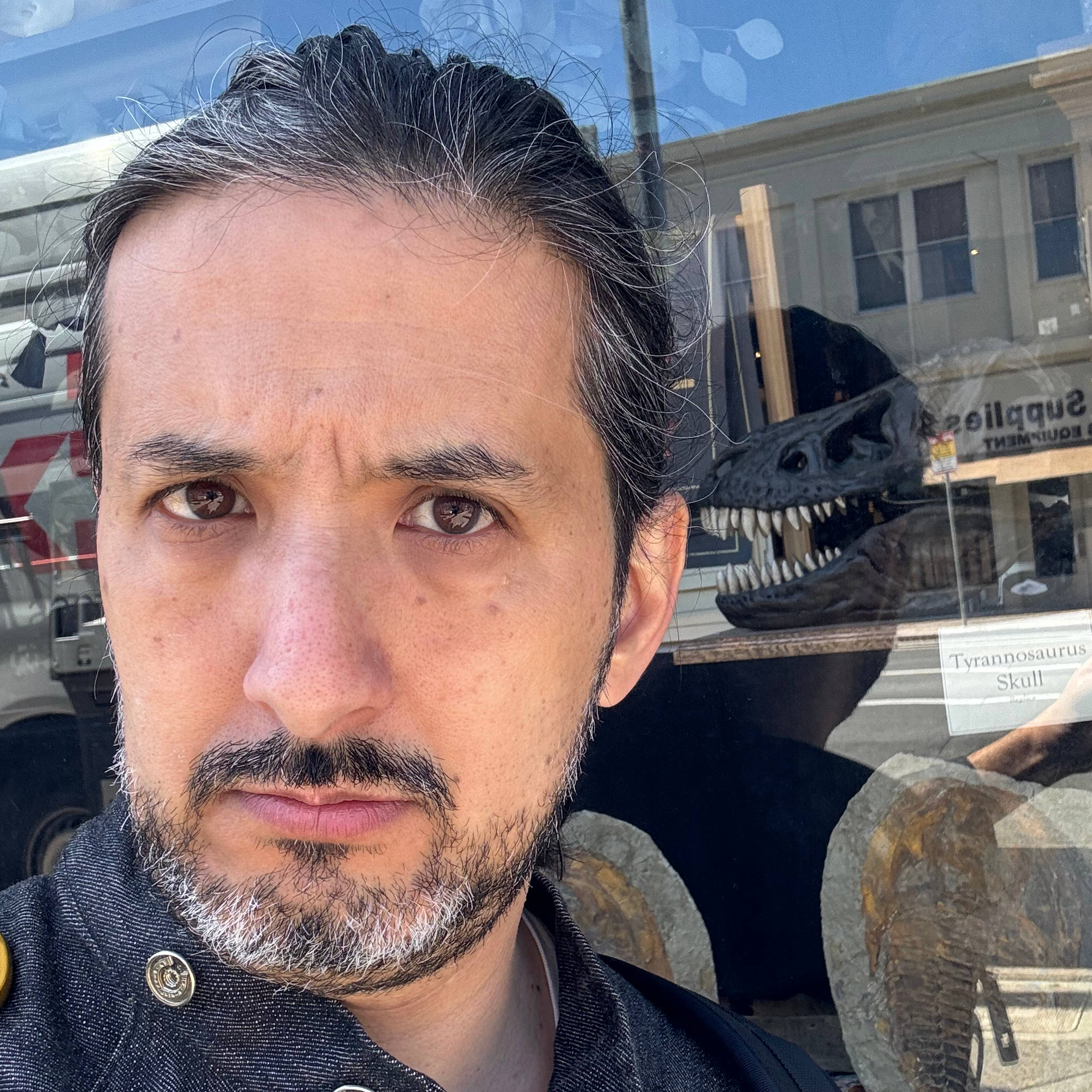
Dan Tennery-Spalding is a teacher / software engineer in Oakland, California. He started his activist career leading know your rights trainings for the anti-globalization and anti-war movements before pivoting to a focus on emergency preparedness. Find him on Bluesky: @magnitude.bsky.social
-
He’s developed expertise on issues related to disaster response, participatory democracy and government technology, which he has shared via dozens of presentations at events organized by the American Red Cross, US Department of Defense, NYC Mayor’s Office, United Nations, g0v.tw, MediaLab Prato and others. His writing about government technology often appears in Gotham Gazette. A complete list of presentations and writing can be found at devinbalkind.com.
-
Drew is a cultural poet, artist, activist, and community organizer who uses technology and design to support building the beautiful world we all know is possible.
-
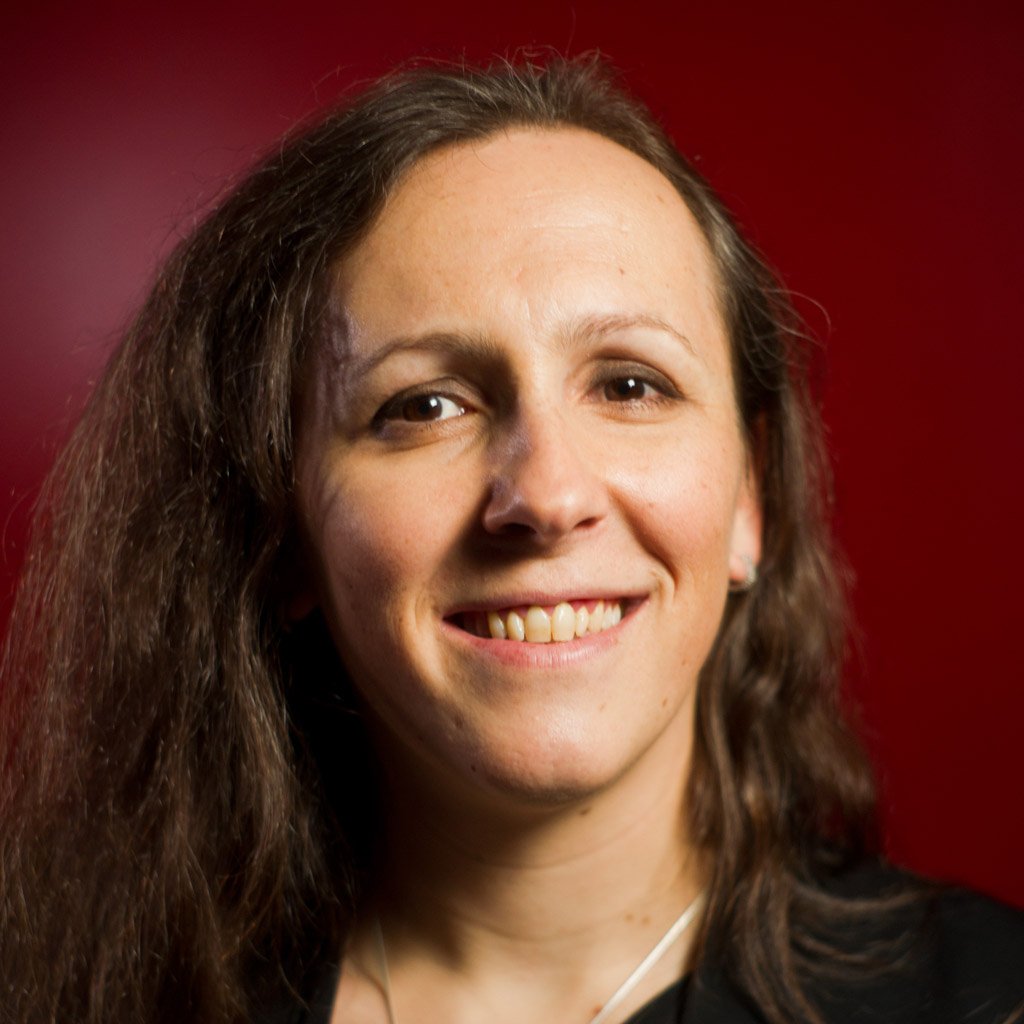
Eleanor Saitta is a hacker, designer, artist, writer, and barbarian. She makes a living and a vocation of understanding how complex transdiciplinary systems and stories fail and redesigning them to fail better.
-

Hadassah Damien is the real talk punk big sister behind Ride Free Fearless Money. She’s an entrepreneur, innovation coach, and human-centered designer, with an MA in sociology & political science, a DIY MBA from running 5 businesses, and a DIY MFA from touring art for 7 years.
-

Mom and pro-catastrophizer, Jen Heller is on a mission to help as many families as possible prepare for disasters. Her super power is taking complicated information and breaking it down into easy-to-understand pieces. She founded Here Comes the Apocalypse and offers free resources and a step-by-step system for disaster preparedness.
-
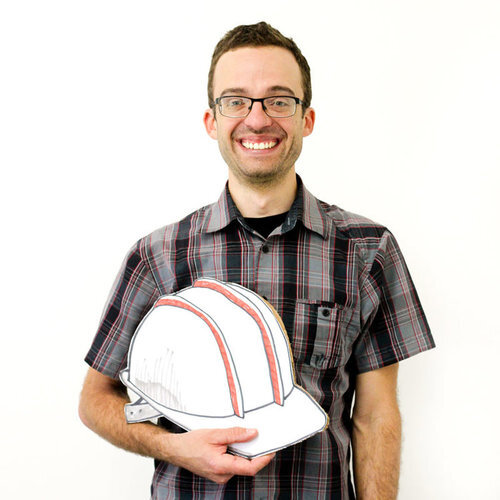
Jesse (he/him) is a mental health advocate and first aid nerd who is currently studying counseling. He is committed to advancing equitable mental health care. His previous career included designing and building science exhibits, public space installations, and bakery facilities.
-

John Crowley is an expert in connecting grassroots and government around crisis response. He has held leadership and technologist posts at the Red Cross (IFRC), United Nations, and multiple humanitarian NGOs.
-
Mark Ferlatte thinks about and works on complex systems. Some days, the systems work on him instead.
-

Mathew Lubari is a self-taught repairer, passionate advocate for digital literacy and repair activism, and leader in the Right-to-Repair Movement dedicated to empowering communities through skills development.
-
MJ is an enthusiastic maker and breaker of technologies for social justice. They have a passion for teaching, learning, and merry-making in service of loving and dignified way of being.
-
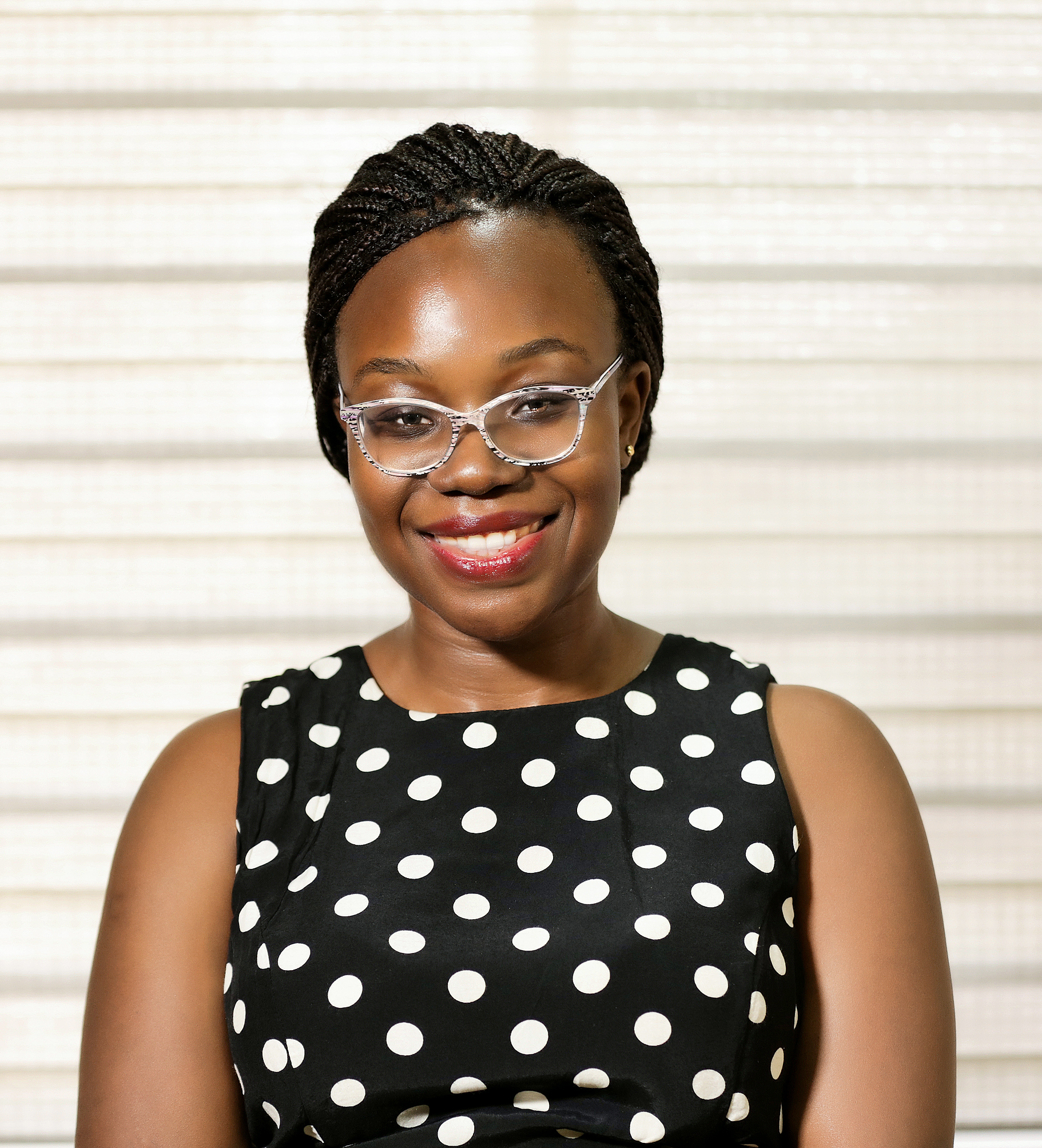
Nana is a researcher and policy consultant with a focus on clear, accessible language that demystifies complex topics. Dedicated to advancing responsible emerging tech practices and thoughtful policy development.
-
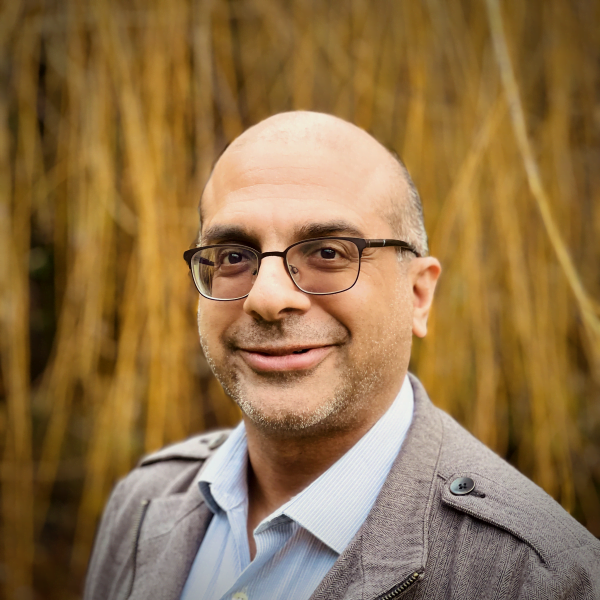
Rakesh Bharania is President of Tarian Innovation and has spent more than 29 years in the humanitarian sector, focusing on the intersection of emerging technologies and international crisis response. He has led cybersecurity, privacy and humanitarian efforts at Cisco, Apple and Salesforce, with a focus on the effective, equitable and protective use of technology in fragile contexts.
-

Roo is a queer trans Muslim punk who is living the dream in an intentional community in the Hudson Valley. They cofounded a worker owned cooperative that provides technology consulting services to organizations, and can be found most place online as mxroo.
-
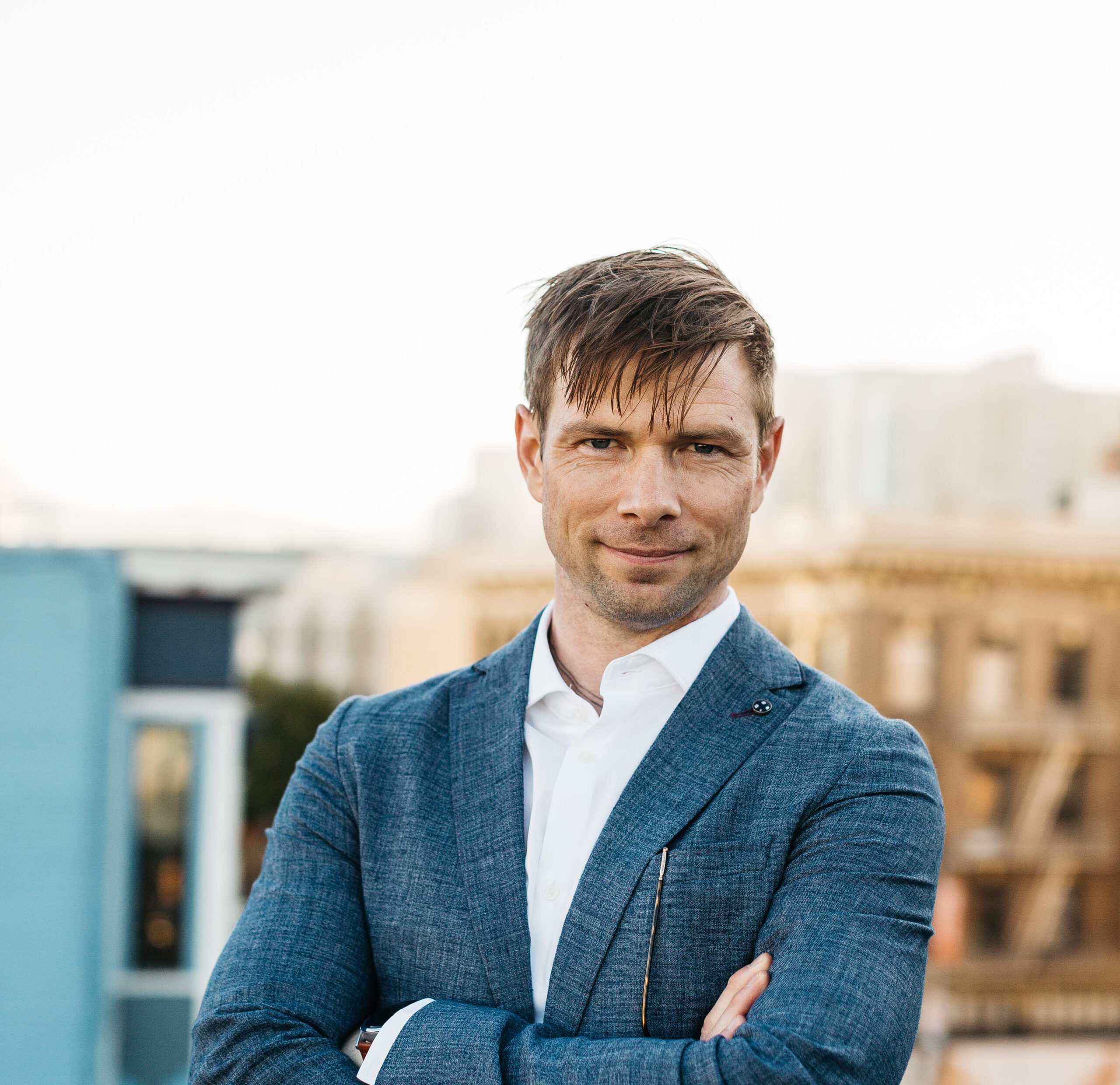
Seamus works as the Director of Operations for Leverege (an AI & IoT tech company) where he designs, builds, and deploys systems to manage people, money, business relationships, consumer privacy, and corporate security.
In his free time, Seamus has built Digital Aid Seattle, a completely volunteer 501(c)(3) organization building free, bespoke, open source digital tools for underfunded communities and municipalities.
